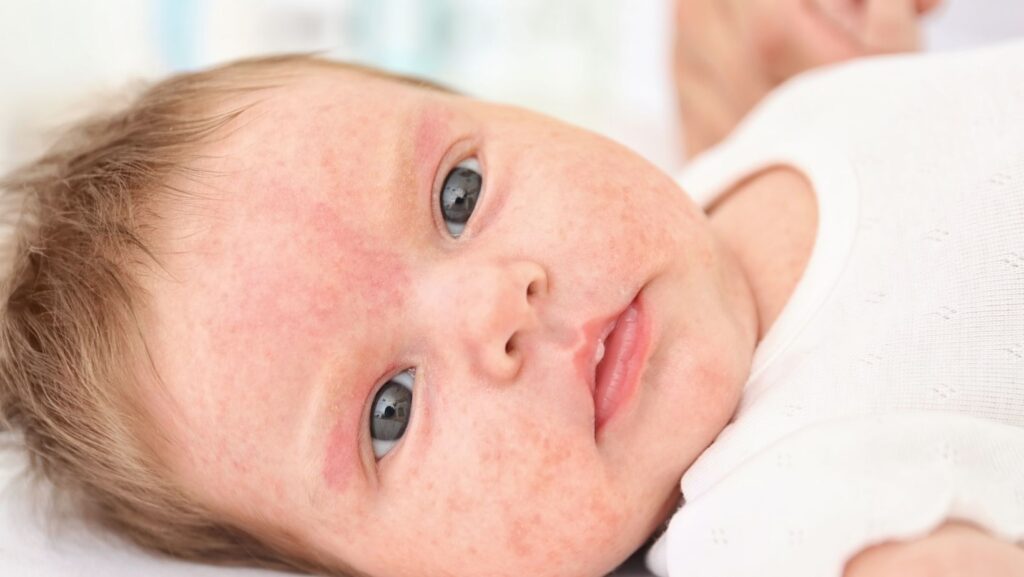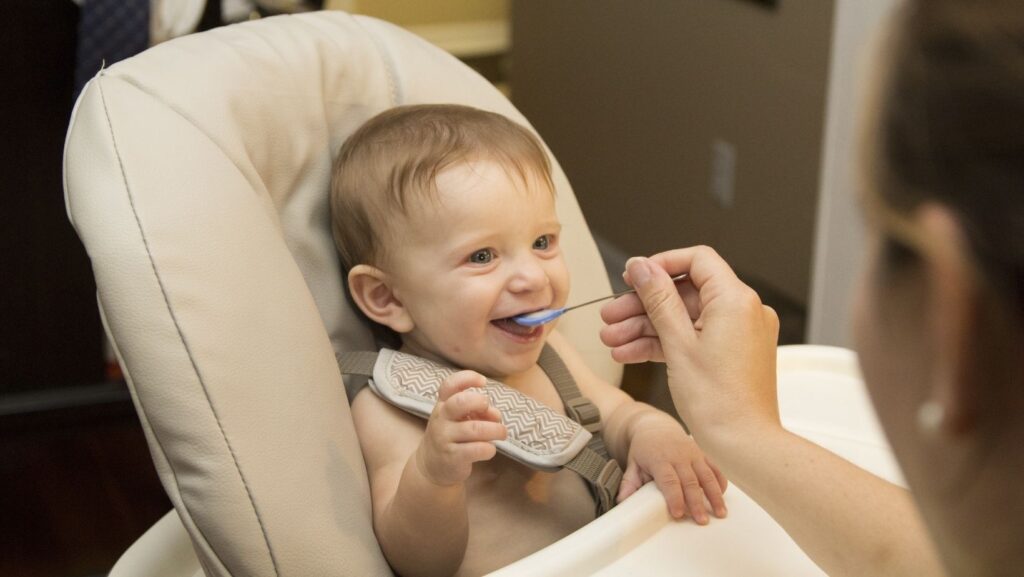Allergic manifestations are increasingly bothering people all over the world. This is due to the deteriorating environmental conditions in the world and the huge flow of low-quality food. Recently, food allergies have also become common in newborn children.
Allergy is an inadequate reaction of the body to any irritant, which can be both external and internal. Symptoms and treatment of allergies in children is the doctors’ job, but the main features of such a condition should also be known by the parents. The child began to sleep poorly, his skin became dry, and redness and nodular rashes came through. In addition, everything itches.
The first question a mother has when a child exhibits symptoms of allergies: what exactly to treat and who to contact: a pediatrician, allergist, or dermatologist.
Of course, go to your pediatrician.
Many moms, breastfeeding, think that this automatically protects the baby from allergic reactions, but it is not true. Allergens can enter the baby’s body through breast milk, not always causing an adequate reaction. A baby cannot be one hundred percent protected against allergies. At the first serious manifestations of allergies, the child should immediately be shown to a pediatrician so as not to aggravate the state of health.
Causes of Allergic Manifestations in The Infant
Nothing is better for a newborn baby than a mother’s milk. It is maximally adapted to the baby’s body, contains all the necessary nutrients, and is protective of the immune body. That’s why a baby on artificial feeding can cause an allergic reaction to various alien components of food for him: cow’s milk protein casein, soy proteins, and gluten in the composition of nutritional formulas.
At the first signs of rash in the baby, you should immediately consult a doctor to find out the cause and adjust the diet.
A major role is played by pathology of the digestive organs, hereditary and chronic diseases, in which the process of splitting and assimilation of food is disturbed when its components become allergens. Premature infants, whose digestive system is still poorly developed, are the most prone to allergy.
Symptoms of an Allergic Reaction
Pink or even flaky red cheeks in a baby under one year and older indicate that there is an allergen in mom’s milk or complementary food. Reddening of the face is more common. Pink or red rough spots appear on the face, mostly in the area of the chin and cheeks. In addition, if the allergy is severe, it can be on the forearm, legs, and even the stomach.
In this case, the mother, if she is breastfeeding, you needs to look at your diet to eliminate all products that can provoke such a reaction. In the case of complementary foods, you also need to find out – what the baby is allergic to. To do this, you can take tests. If the child is fed artificially, it is possible that the formula is not suitable.
Composition and Types of Hypoallergenic Formula
Blends containing hypoallergenic split proteins are indicated for babies who are prone to allergies. The products include the whole complex of useful substances for the full development of the brain, vision, bone, and muscle tissues, as well as for strengthening the immune system and normalization of the child’s stool.
A wide range of hypoallergenic formulas can be found at organicsbestshop.com. It has baby food with increased or minimal lactose concentration. You can also learn from the site that the formulas are recommended for allergies, differentiated by the following features:
- Composition – on cow’s milk with protein hydrolyses, on goat’s milk, dairy-free soy
- Purpose – therapeutic, prophylactic and therapeutic-prophylactic
- The form of release – dry, concentrated liquid and liquid, ready to use
The peculiarity of these mixtures is that they do not contain any allergen, which is often casein. It is replaced by hydrolysate, whey protein, or goat milk proteins. Common to all types is a set of all the vitamins and micronutrients necessary for child development. The question of which ones are most suitable for a particular baby should be decided by your doctor.
How to Avoid Allergic Reactions?
The main task of treating allergies in infants at home is to get rid of the causative agent of the disease.
To prevent the occurrence of allergies in infants, you need to start preventing the disease from his birth. You can avoid the disease if you follow a few rules:
- Keep breastfeeding as long as possible. Breastfeeding has the best disease prevention.
- If you feed your baby artificial consistency, it is better to choose their hypoallergenic version.
- Give a choice in favor of clothing and bedding made of natural, high-quality materials.
- Avoid bathing babies in chlorinated water and not rubbing the delicate skin with hard sponges.
- Avoid pets and flowers in the apartment.
Mothers and fathers are trying to find out if the symptoms of allergies in the baby may pass by themselves as he grows older. This is often the case. The body of the newborn is growing stronger, the immune and digestive systems are improving. It is important to understand that the main condition for getting rid of allergies is early and timely treatment.
Listen to your doctor’s advice and stay HEALTHY!

















